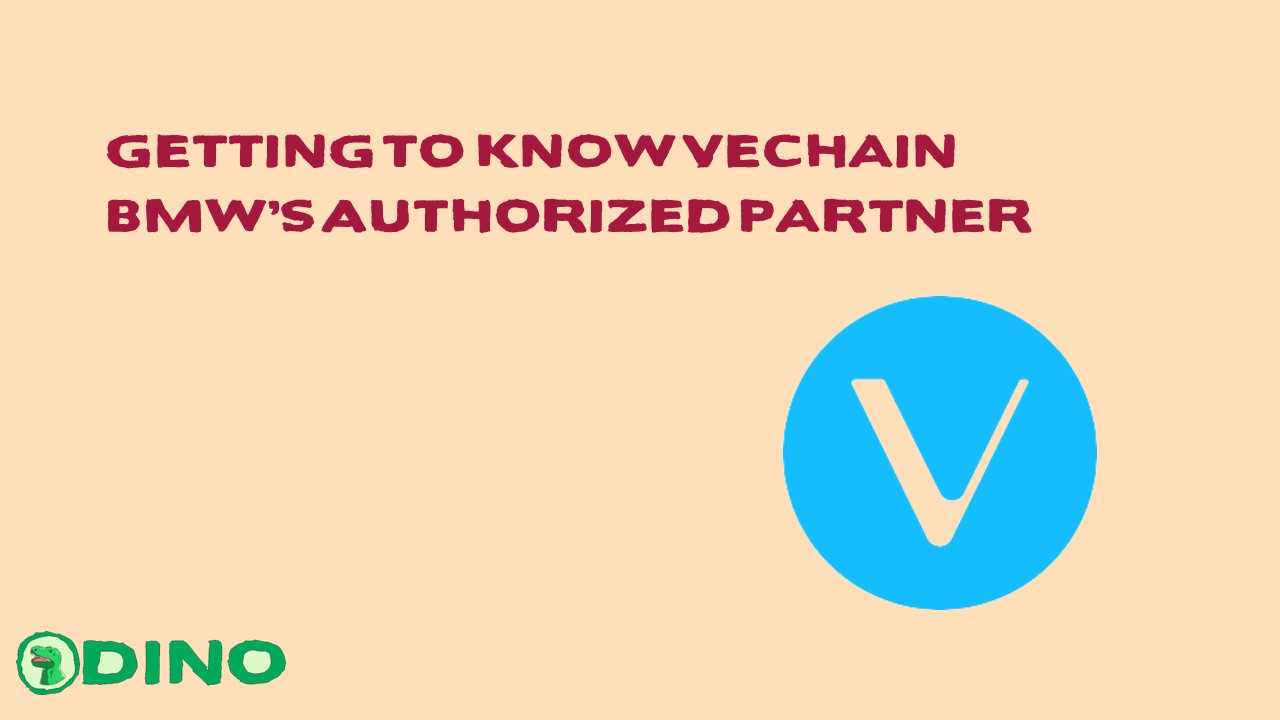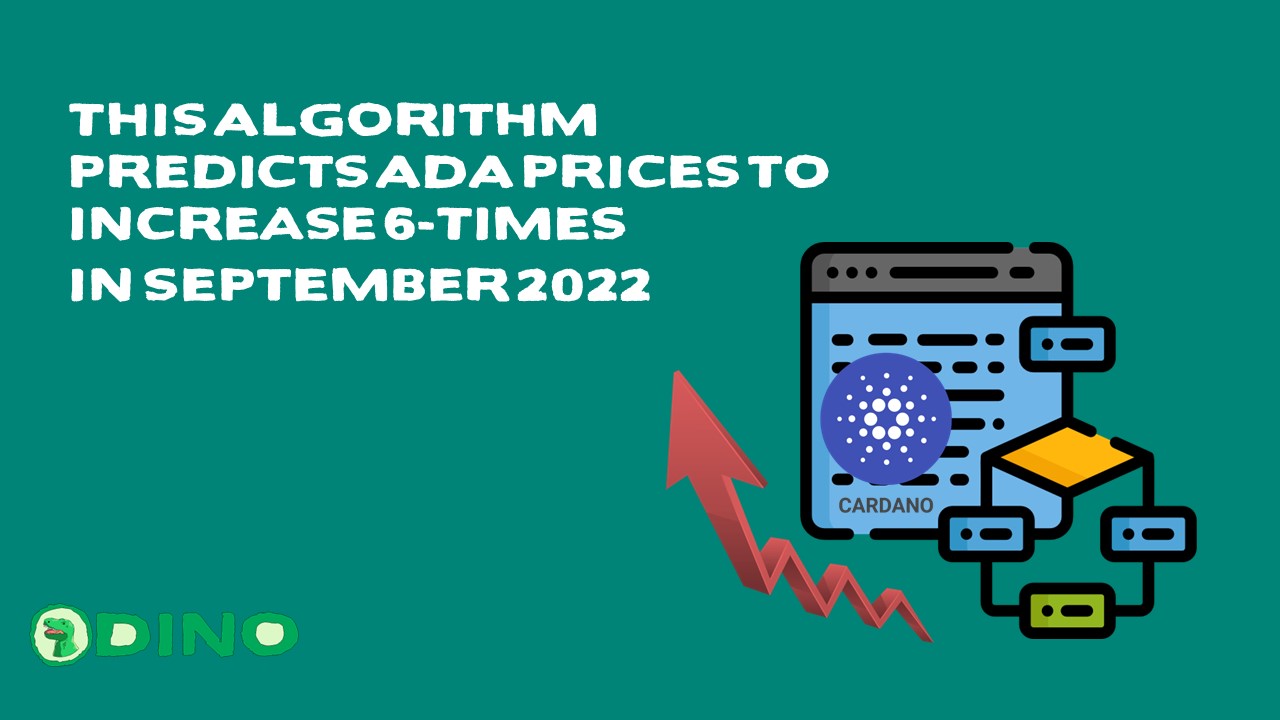VeChain is one of the most talked about blockchains after several adoptions and significant price appreciation.
After appreciating around 65% in just one week and about 100% in the last month, many investors are interested in knowing more about VeChain, especially the coin. In this article, we will explain VeChain and how several large companies in the real and financial sectors can adopt this relatively new blockchain.
Getting to know Vechain
VeChain is a blockchain founded in 2015 and officially released in 2016.
This project was founded to become a blockchain that functions to solve problems in the economic and business world. So, in general, this blockchain can be used not only for the financial sector but also in the real sector.
The main focus of this blockchain seems to be on adopting the real sector, given the number of manufacturing companies and authentic goods products that use it.
The main focus now looks more on the supply chain operations of a company. The goal is to make the chain move more transparently and efficiently. Vechain itself operates with the business concept of BaaS or Blockchain as a Service, where the blockchain network can be leased or used by companies. This network is called ToolChain, where the network can be public and private as needed.
So overall this blockchain has several networks that are like forks but can be used for various purposes and are tied to the main network.

In the ecosystem, two leading cryptos drive the network, namely VET and VTHO, where VET acts as a transaction and governance tool while VTHO acts as a transaction fee payment tool.
Founder of Vechain
This concept is relatively new because most blockchains still focus on usability in the financial or financial sectors.
Its usefulness which is more directed to the real sector, also comes from the background of its founder.
The project was founded by Sunny Lu, former Chief Information Officer at Louis Vuitton, one of the world’s leading and most expensive fashion brands.

Sunny Lu became the CIO or Chief Information Officer of Louis Vuitton in the China branch because he is a country resident.
So this project originated in China and became one of the country’s most significant projects.
He was assisted by Jay Zhang, an individual who previously served in risk and finance at major companies such as Deloitte and PriceWaterhouseCoopers or PWC.
They created this network with the reason to provide solutions to supply chain networks that are usually vulnerable to manipulation and corruption.
In a general supply chain, goods will pass through several parties, and there is a high probability of manipulation.
The manipulation in question is a fraud, such as through third parties, intermediaries, and other irresponsible parties.
Generally, from producer to consumer or seller, a product will experience a significant change in quantity or price. This is due to an ineffective supply chain. This problem is more common in the agricultural or livestock industry, so they want to solve it through more secure data tracking.
How Vechain Works
As previously mentioned, VeChain has two network layers; the first is used for the leading network and the second network for the use of each company.
The two networks are two different blockchain services. The second network can be used more than for supply chain data, and the main chain is more focused on validating transactions and maintaining a company’s supply chain data.
In the second network, all data will be stored privately but still validated by validators engaged in the primary network but with more confidential data than in the leading network.
VeChain is moving with a new consensus mechanism called Proof of Authority, reaching its second version.
Although this system is publicly established, it still has a centralized nature.
This is because to become a validator, in addition to the capital requirements, the VeChain Foundation, the company that formed VeChain, will be the party that chooses the validator in turn.
So this system is almost similar to Proof of Stake, where the validator will take turns.
But the difference is, in Proof of Stake, validators are chosen randomly, and in this blockchain, validators are chosen by authority from the company guarding the VeChain network.
The purpose of creating this centralized system is to prevent the double recording of a transaction and to ensure more efficient data reception on one side and its distribution to validators by a trusted party.
As a result of the distribution flow of transaction validation that is distributed directly by the company to validators, everything is safer and faster because there is no need to go through the randomization process. When a transaction or smart contract must be validated, the data will enter VeChain and then be shared with the selected validator.
Requirements to Become a Validator
The VeChain Foundation controls everything; to become a validator, a Know Your Customer or KYC process must be carried out.
The goal is that validators can be trusted and validate transactions without going through an ongoing due diligence process.
In addition to following the KYC process, a prospective validator must also stake or lock up 25 Million VET.
Later, when you become a validator, VeChain will ensure that the reward is received, and the reward will be in the form of VTHO and not VET. Please note that there is only room for 101 validators, so once you reach that number, there will be no additional validators. The exception is if more than 50% of VET holders apply to increase the number of validators.
Advantages of Vechain
With the mechanism used by VeChain, the blockchain is one of the safest and most high-speed blockchains.
Its security comes from being semi-decentralized or having one party assisting the transaction validation process.
Because of this one party, there is a trusted network guard so that the validation flow is faster and safer, and the possibility of bad validators is getting smaller.
The first advantage is the new mechanism with two layers, namely for the leading network and secure network services for the company.
Both networks move at high speeds, where the leading public network has a rate of 10,000 transactions per second.
This speed managed to bring VeChain as one part of the third-generation blockchain, beating Ethereum, Tron, and Polkadot.
Generally, when transactions per second have reached the tens of thousands, a blockchain will have weak security.
But because of this mechanism, the aspects of security and speed are not things that must be sacrificed.
The second most often-mentioned advantage is how its adoption is more directed to the real sector. This blockchain is one of the cryptos that proves that blockchain and crypto are not only for the financial sector but also for the real sector.
Adoption of Vechain
The proof of its adoption in the real sector is its co-workers using VeChain as one of their data networks.
Some well-known companies adopting VeChain are PWC, BMW, Walmart, Louis Vuitton, and several other companies engaged in the livestock, agriculture, and manufacturing industries.
These companies prove that blockchain can be used for company operational systems and runs smoothly.
The biggest news is when BMW adopted VeChain to become a network platform for car security guards.
Over time, BMW will turn into an intelligent car, so user data will likely be stored on VeChain.
With it stored on VeChain, the possibility of manipulation or illegal use of consumer data is smaller because everything moves transparently. In addition, the possibility of being hacked is also slighter because VeChain uses a public blockchain system. If you want to hack, you must hack all existing blocks and validators.
Dissecting VET and VTHO Coins
VeChain moves with two cryptos, namely VET and VTHO. Both have been on the market since 2016, when their blockchain started rolling out.
For VET alone, the number is limited to 86.7 Billion, and currently, more than 75% of the entire supply is circulating in the market. This condition indicates that the allocation for the market is quite significant because the vesting period has been completed since 2016.
Seeing 75% already circulating in the market, the possibility of price manipulation becomes very small. Unfortunately, the distribution of this coin is not evenly distributed, which makes its market capitalization not increase significantly.
For VTHO, the number is not limited because it wants to accommodate transactions on the VeChain network.
There are currently 45.63 Billion VTHOs in circulation, and all of them are used for validator rewards and transaction fees for VeChain users.
Generally, investors interested in VeChain will buy VET, but those interested in using VeChain operationally will buy VTHO.
Please also note that VTHO can be obtained through exchange with VET. So overall, these two cryptos are tied.
In conclusion, VeChain itself is a good project for the real sector. In general, the real sector movement is slower than the financial sector; this condition is why market capitalization has not increased significantly. Fundamentally this project is relatively reasonable, but the only drawbacks are the long period of adoption and centralization, which is contrary to crypto principles even though it is small.
More News About Crypto : NEWS
Follow our Twitter : https://twitter.com/DinoDapps




